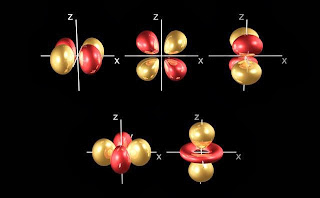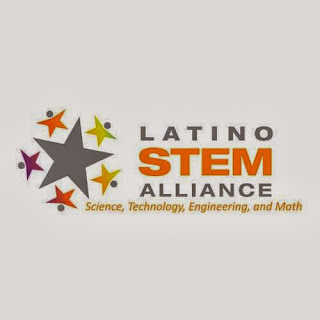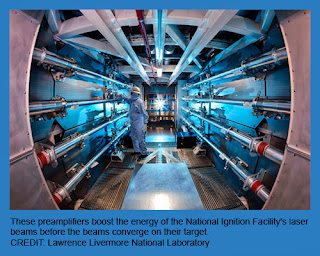During the discussion of high-quality and low quality fiction, a argument is usually made concerning antagonistic frequency rates. Simplified, this argument goes something like this:
Book proponent: "Sexy Vampires IV is the best Historical Slash-Vamp Dom Fiction out there!"
Book Detractor: "Man! Slash-Vamp fiction is totally played, everyone is doing that these days."
Insert you proposed antagonist into that conversation and you will get someone who will tell you that the Genre is over done, played out, or no longer interesting. Additionally, any conversation of reasonable length with agents, publishers and marketers will eventually result in them telling you which particular genera of fiction they are tired of seeing.
The rise of self-publishing has pushed this situation into overdrive. Where originally, you had maybe a half-dozen entries in a particular genera a year from major and minor publishers, you now have hundreds, if not thousands, of attempts to tell a particular story.
What is lacking is historical perspective. Google's Ngram viewer gives some imperfect, but interesting, historical context to the antagonistic frequency debate.
(the charts here are pngs, check the Moorsgate Media Blog for interactive charts)
As shown above, the frequency of various antagonist (this is current through 2009) in English fiction is charted. Generally, in current fiction debates, Vampires and Zombies are singled out as being over-done in terms of genera. However, Aliens as a concept has held a pretty consistent lead, and it currently, even though there has been some decline,is at a historically above average position. Interestingly, the concept of plagues, which can be related to Zombies, has been on a historical downward slop ever since a peak some time in the 1810's.
Robots, the term being unknown prior to Capek's seminal work, takes off after the publication of R.U.R., and hits a peak in the mid eighties (think original Terminator, transformers, etc.) that surpasses the popularity of vampires today. Sadly, we appear to be living in a world of "Peak Robot", due possibility in part to the rise of non-fictional robots in our everyday lives (e.g murderous drones, vacuum cleaners).
As a point of comparison, the next chart looks at the frequency of some events in fiction (we use aliens as the cross reference to the above chart)
As shown, the concept of the Rapture is down from its historical heights, but has recently made a resurgence, and appears to be on track to overtake Aliens in frequency. However, from a Genera standpoint, no one argues if Rapture based fiction has reached "peak rapture". [ed. This chart only goes to 2009, it is goes to 2012, it might be that there was a serious crash after the Mayan Calendar failed to turn us into orbs of pure something.]
The point here is that Genera antagonist come and go, but without data, it is difficult to determine if present, or short term historical bias is altering peoples' perception of what is or is not a popular genera. Having some data is always a good rule of thumb changing behavior, concepts or positions.
moorsgatemedia.blogspot.com
Twitter: Moorsgate













